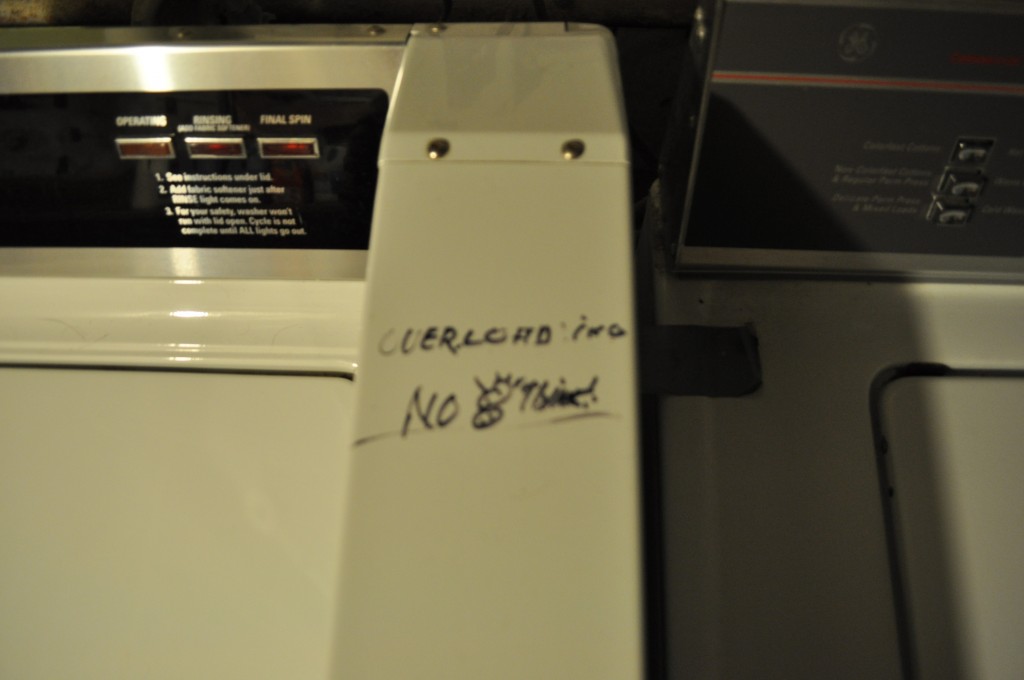Definitely worth it:

Full post from Gizmodo.

The New York Times has an interesting article about a new breed of electronic books that showcase video and other multimedia. It’s an cool idea, and encouraging that it’s being driven by publishers, which have historically been slow to innovate. An excerpt from the article:
The most obvious way technology has changed the literary world is with electronic books. Over the past year devices like Amazon’s Kindle and Sony’s Reader have gained in popularity. But the digital editions displayed on these devices remain largely faithful to the traditional idea of a book by using words — and occasional pictures — to tell a story or explain a subject.
The new hybrids add much more. In one of the Simon & Schuster vooks, a fitness and diet title, readers can click on videos that show them how to perform the exercises. A beauty book contains videos that demonstrate how to make homemade skin-care potions.
Not just how-tos are getting the cinematic work-up. Simon & Schuster is also releasing two digital novels combining text with videos a minute or 90 seconds long that supplement — and in some cases advance — the story line.
In “Embassy,” a short thriller about a kidnapping written by Richard Doetsch, a video snippet that resembles a newscast reveals that the victim is the mayor’s daughter, replacing some of Mr. Doetsch’s original text.
One thing is clear to me: thanks to the technical limitations of E Ink, there’s no way these hybrid books could work on Amazon’s Kindle or Sony’s Reader anytime soon. E Ink was innovative 10 years ago, but has failed to improve to the point where it is fast enough to handle video. The iPhone is light years ahead of most e-readers in this regard. A good New Yorker article extolls the virtues of the iPhone as an e-reader here.
But I believe there is hope for better e-readers without having to squint into the tiny screen of an iPhone. LCD screens are making inroads as possible e-reader displays thanks to innovative designs that make them low power and importantly, able to handle high resolution video as well as text. One company that is working on this is Fujitsu, using technology licensed from Kent Displays of Kent, Ohio. (An article I wrote about the technology is here.)
Another company to keep an eye on is Pixel Qi, founded by Mary Lou Jepsen, formerly the CTO of the One Laptop Per Child project. Pixel Qi’s displays, which are expected to ship in netbooks by the end of the year, are high-resolution, low-power, and sunlight readable. And unlike the Fujitsu reader, which is expected to be thousands of dollars, Pixel Qi displays will be cheap enough to integrate into inexpensive netbooks and e-readers.
From the Pixel Qi blog:
![]()
This sign appears on the door that leads to our apartment building’s garage. Although the Landlord doesn’t live in the building, he spends every day in the garage/workshop area, where the recycling lessons and laundry lessons can be found. The Landlord told me that the sign in the pictures below applies to humans as well as dogs.


I have a collection of articles, including some of the work I’m most proud of, trapped behind pay walls at various publications. I recently asked a friend with the know-how and technical tools to extract and transubstantiate them into .pdfs. Here are the first few:
“What Is He Doing?” Profile of Ev Williams in the early days of Twitter. Technology Review, November/December 2007
“Racetrack Memory” TR10 winning technology, developed by Stuart Parkin of IBM, the father of the modern magnetic hard drive. Technology Review, March/April 2009.
While Jill and I are upstanding tenants when it comes to recycling, we evidently lack laundry skills, and were most likely the cause of the overloading and spilled-detergent lessons as well as a two-week “lock down” (not pictured) of the entire laundry room. Let it be noted that we do, however, know how to clean a filter.


